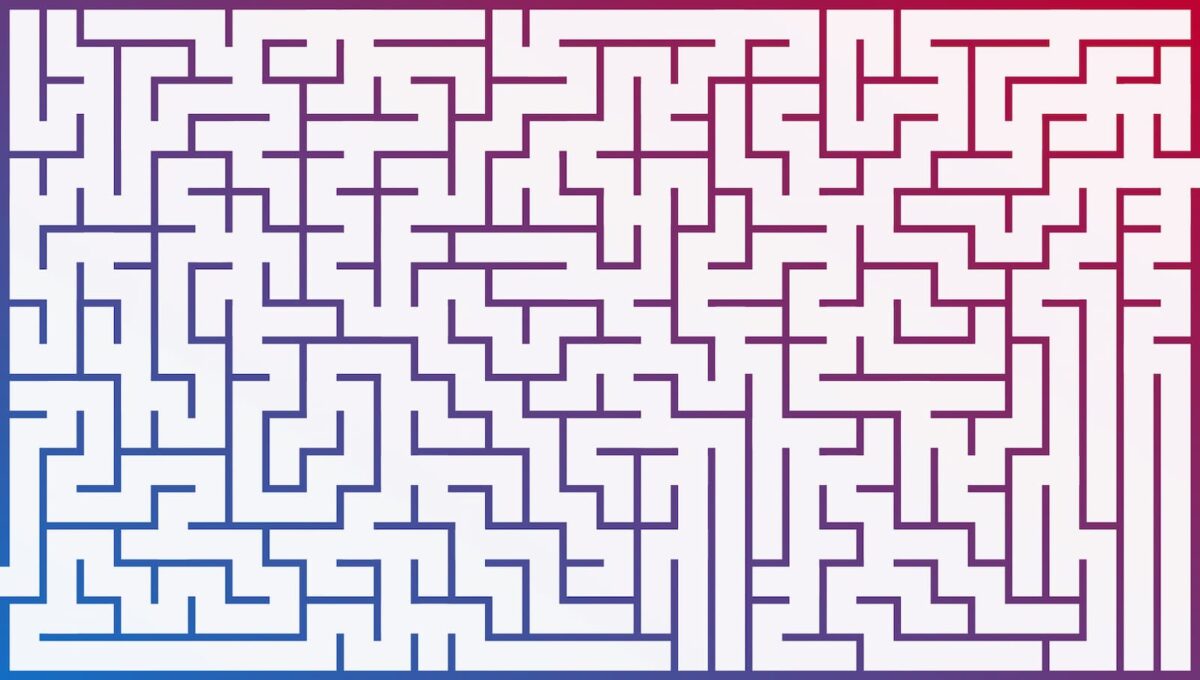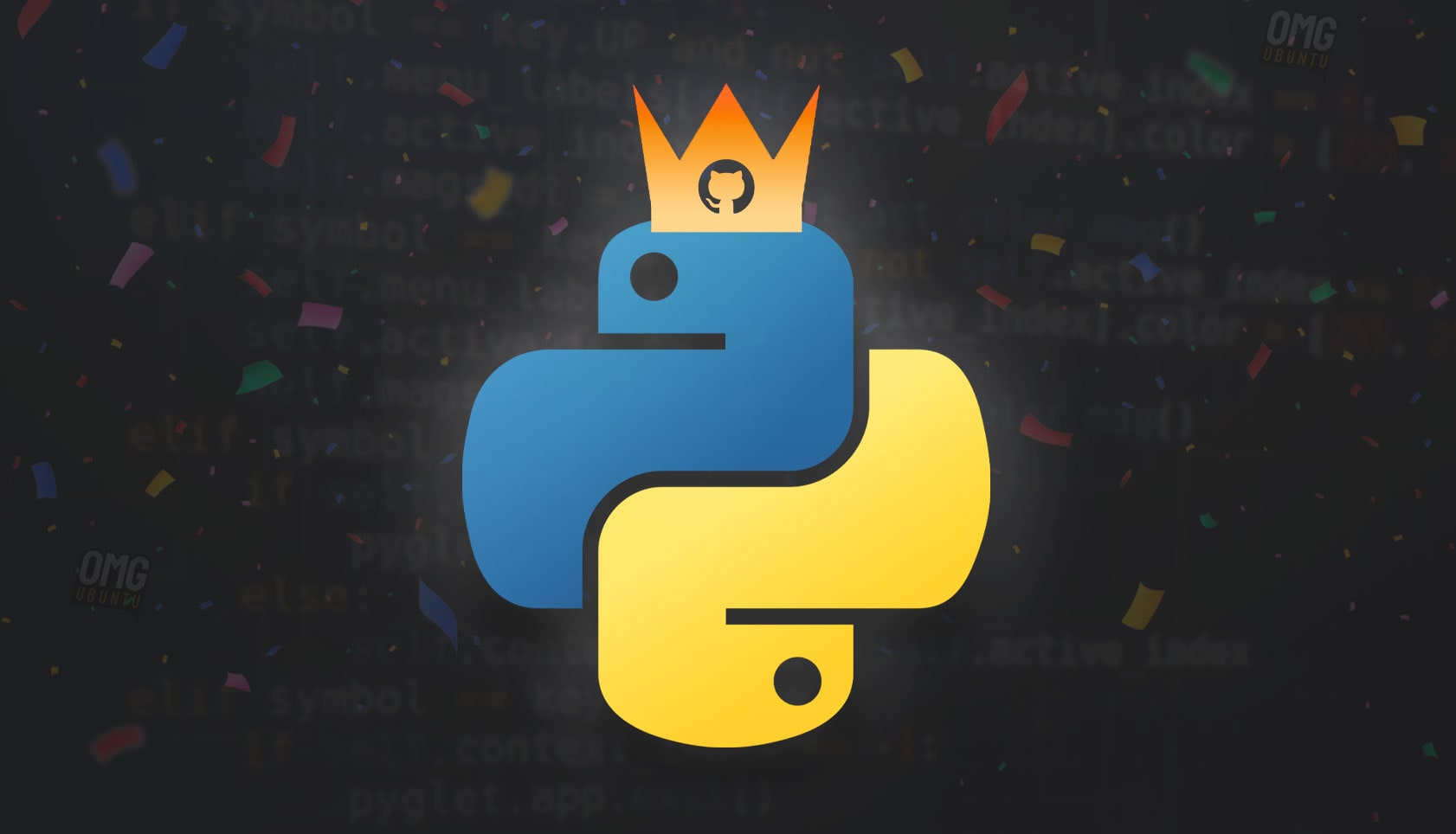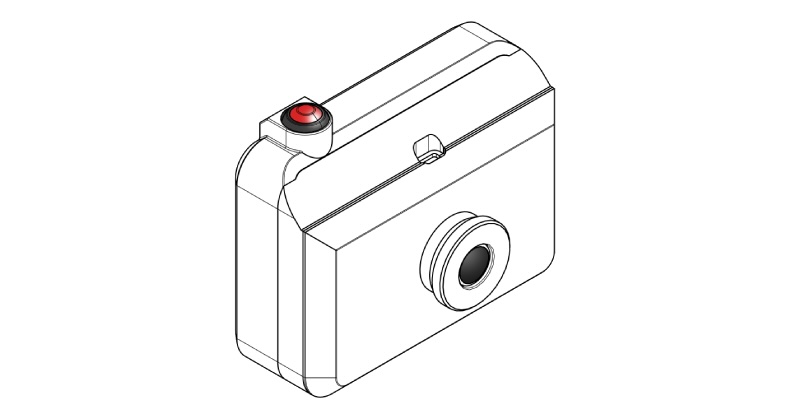
Sentware — Esben Kran
Imagine a malware that doesn’t just execute predefined commands but can think, adapt, and write new programs while lurking on your system.
We’ll call this emerging threat Sentware—malicious software with embedded machine intelligence to autonomously evolve and execute complex cyber attacks.
Let’s take a look at maybe the most damaging viruses to date, NotPetya. This was a Russian1 malware that spread among private businesses and across Eastern European devices. The Danish shipping giant Maersk (20% of the global shipping) was hit hardest and the White House estimates a total cost of the attack at $10 billion, a figure many consider conservative.
NotPetya was a malware designed to destroy. It resembled the Petya line of ransomware2 that exploited vulnerabilities in older Windows versions3, spreading automatically among computers. However, unlike typical ransomware, NotPetya lacked any functionality to unlock a device after the attack—it was purely destructive.
NotPetya employed a ‘delayed incubation’ period, causing it to lock down the computer the next time it rebooted. In my view, and that of others, it appears to have been a Russian attack that spiraled out of control, also hitting the Russian economy.













%20%E2%80%93%20Sympolymathesy%2C%20by%20Chris%20Krycho.png)




